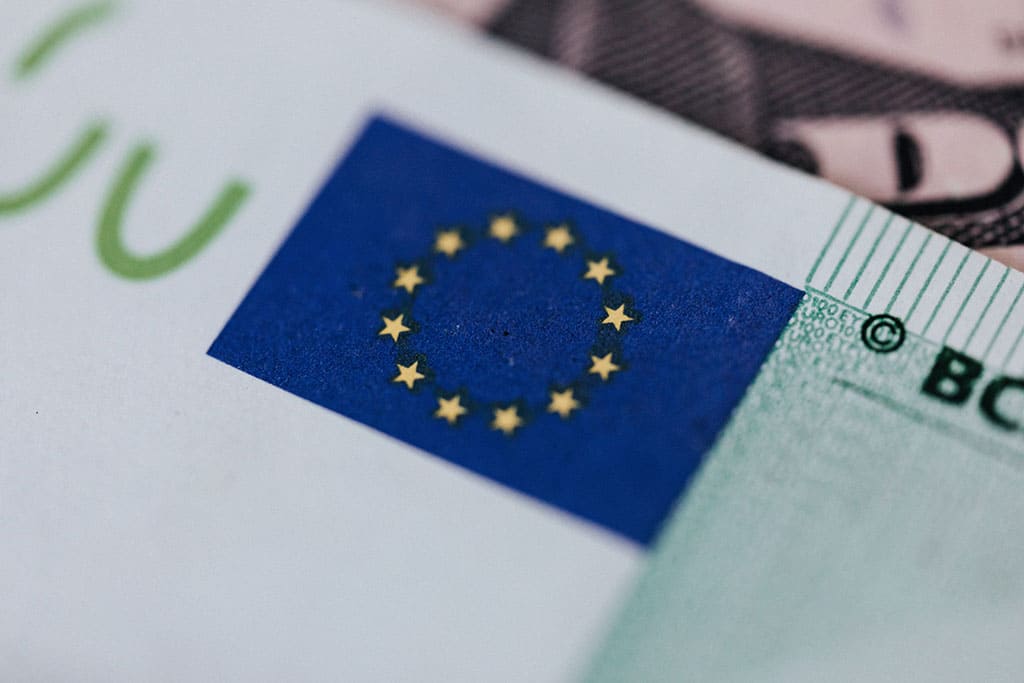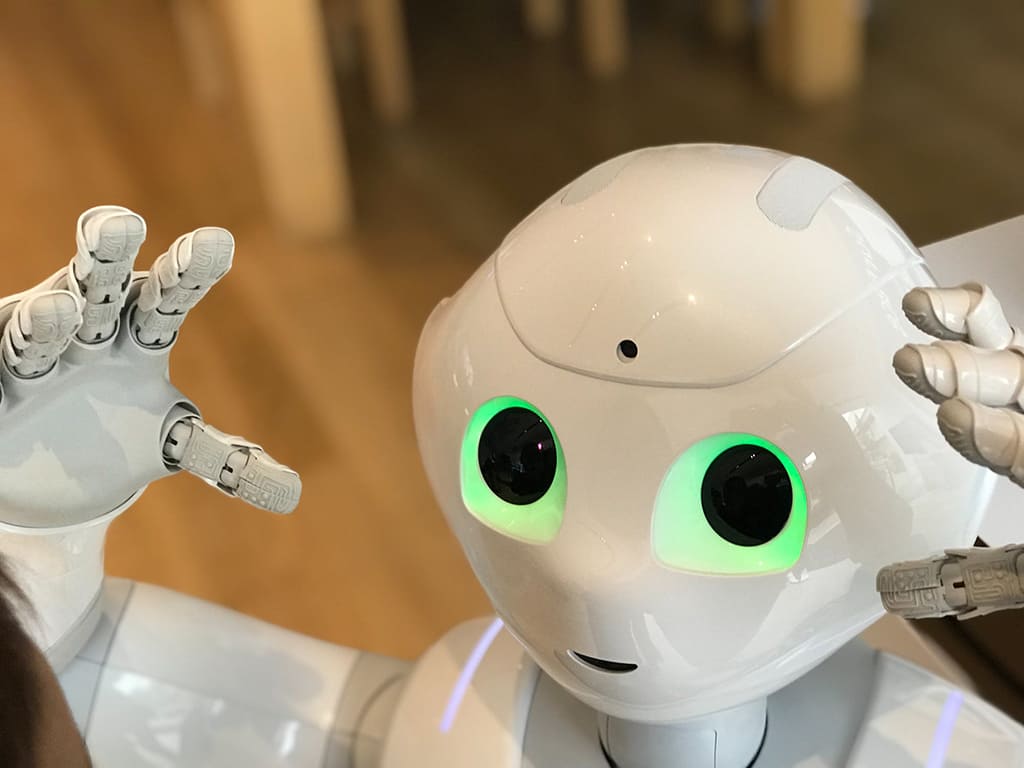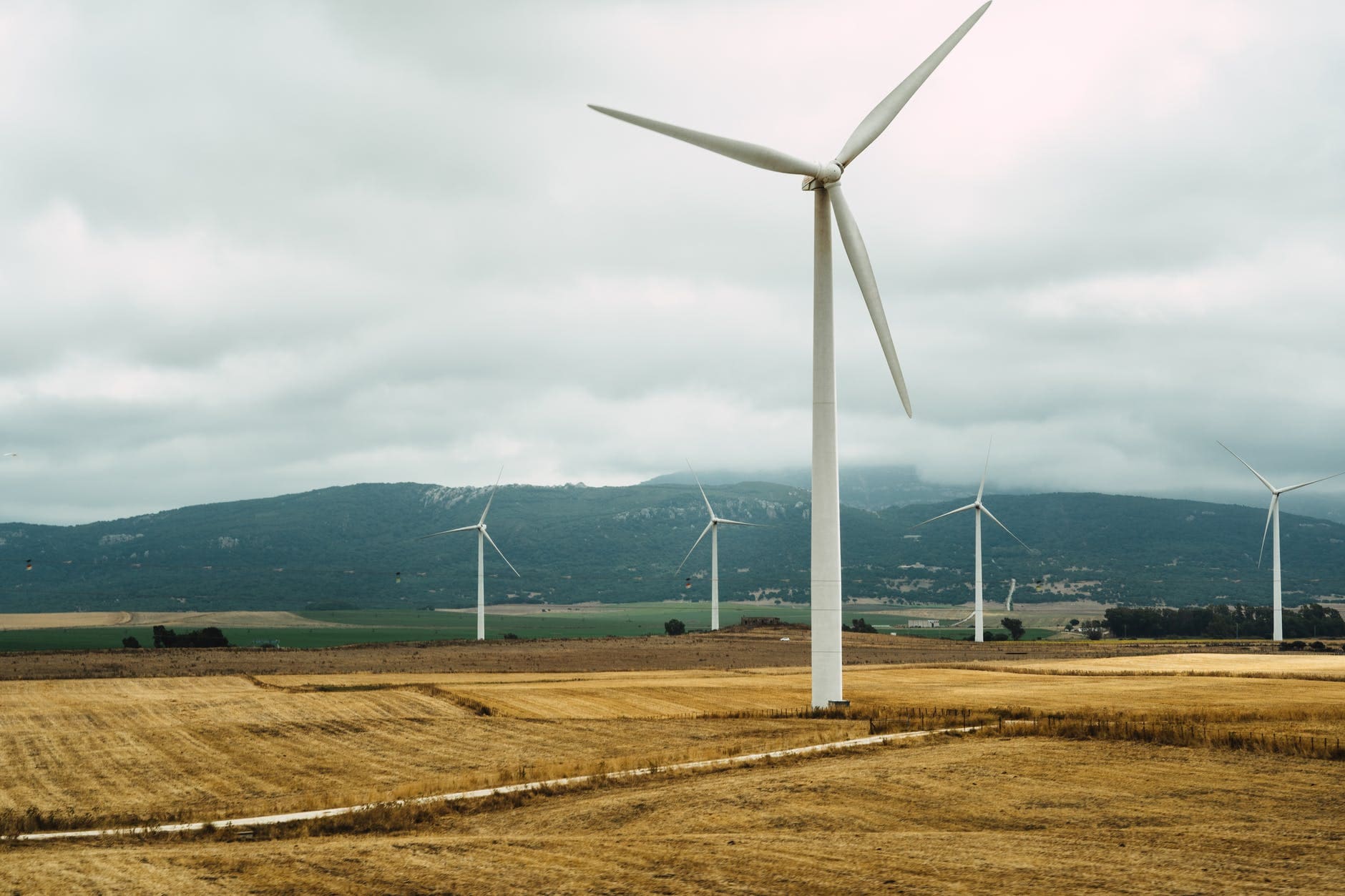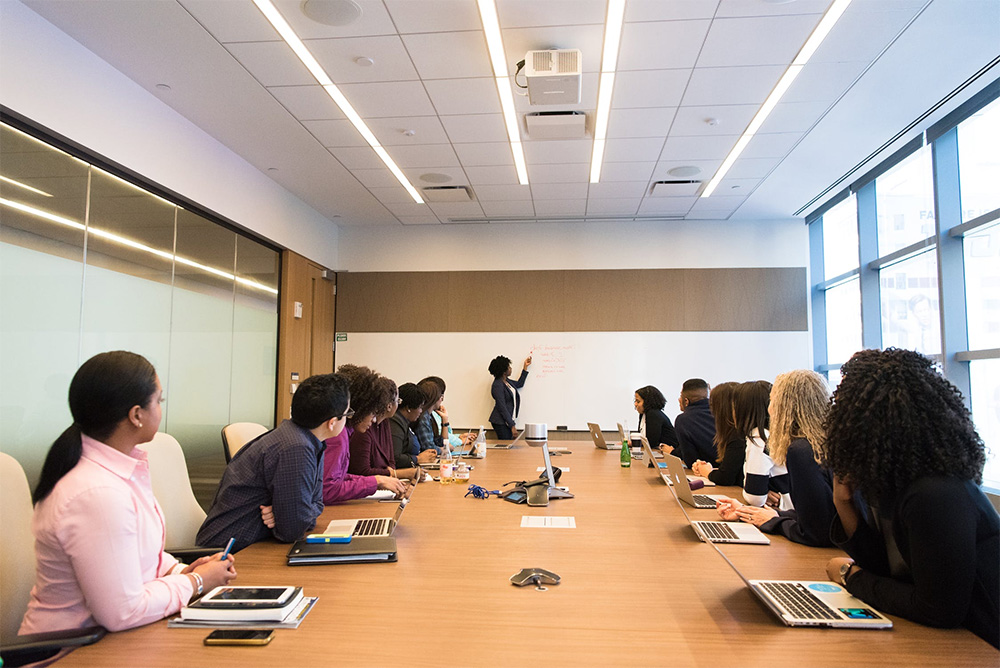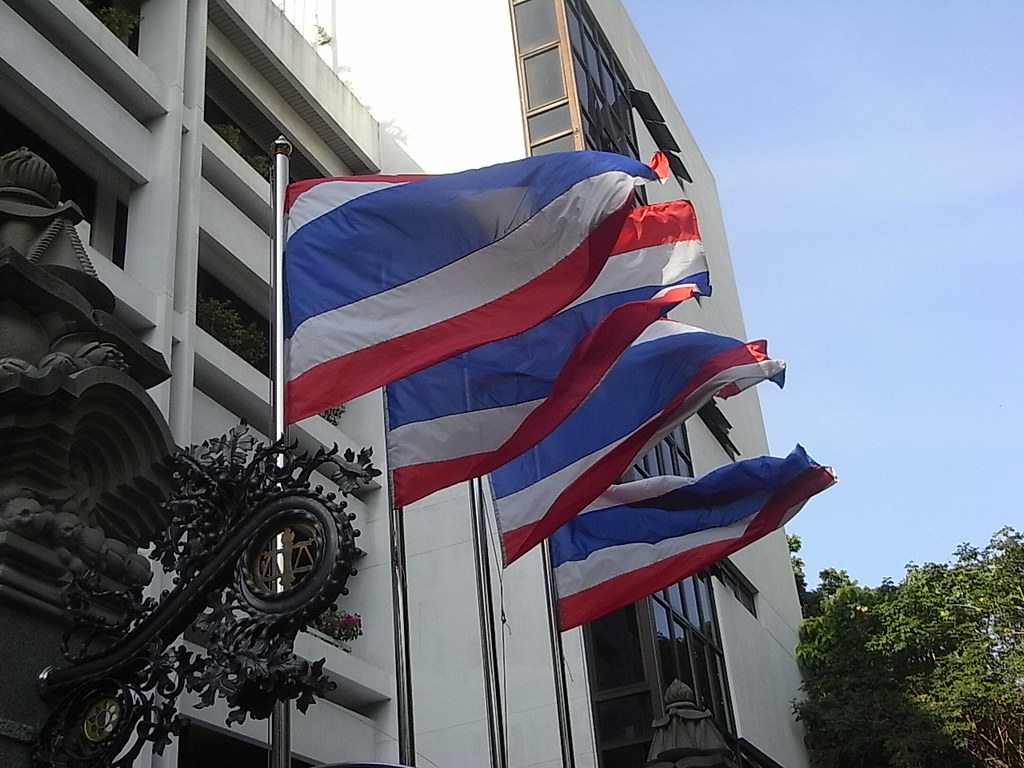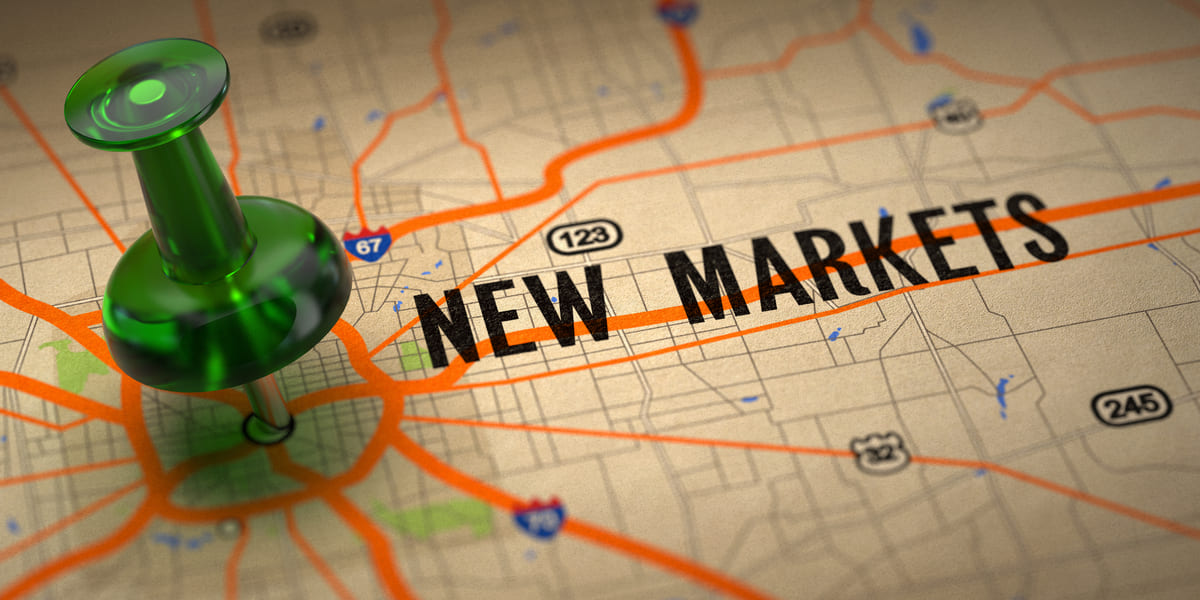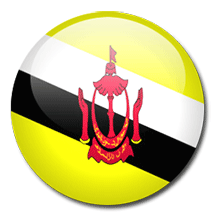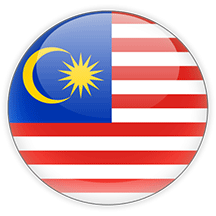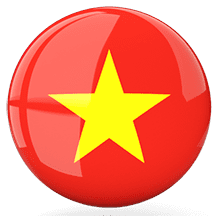SLINGSHOT powered by Startup SG (SLINGSHOT) returns for the fifth year. Organised by Enterprise Singapore (ESG), SLINGSHOT 2021 welcomes startups with the most innovative solutions in the following four emerging challenge sectors: i) Sustainability, ii) Health & Wellness, iii) Smart Cities and iv) Digital Technologies. SLINGSHOT 2021 will once again be held virtually, following the successful organisation of the first fully-virtual SLINGSHOT competition last year. The call for entries has opened.
As part of Singapore's Startup SG initiatives to nurture startups, SLINGSHOT is ESG’s marquee startup pitching competition that provides startups with an international platform to profile themselves to corporates, industry veterans and investors. This year, more than S$1.1 million worth of prizes are up for grabs, including the grand Startup SG grant prize of S$200,000, S$50,000 Startup SG grants for the top ten winners, and S$30,000 Startup SG Grant Prizes for Corporate Challenge winners. The Corporate Challenge will be open to all Top 1000 Global Startups to explore potential partnerships and co-innovation projects with participating corporates.
The finals of SLINGSHOT 2021 will take place from 8 to 10 November 2021, as part of SWITCH (Singapore Week of Innovation and Technology). The Top 100 Global Startups will get to pitch their ideas to a panel of prominent judges comprising corporates and investors. SLINGSHOT 2020’s virtual format saw over 7,500 applications coming from more than 150 countries, including Singapore, Australia, Canada, China, Germany, India, Indonesia, Israel, Japan, the United Kingdom and the United States.
SLINGSHOT has also served as an effective platform to facilitate co-innovation between corporates and startups. The Corporate Challenge in 2020 saw a pilot co-innovation project between Cargill and STIMSHOP4 , which uses ultrasound proximity technology and Low Power Wide Area Networks (LPWAN) to record interaction statistics of Cargill’s workers, and ensure safe distancing between them. The solution will be tested at Cargill’s sites in Singapore and Indonesia. Rolls-Royce is also piloting a project with Noodle Factory, to use the latter’s AI-powered solution to automatically tag unstructured data6 within Rolls-Royce. This would help create a knowledge base that employees can access easily using conversational AI.
The call for SLINGSHOT 2021 entries will close on 1 August 2021. Interested parties can apply by submitting an application form at https://slingshot.agorize.com/2021- edition. Local and global partners keen to leverage the SLINGSHOT platform to collaborate with aspiring startups or work with us to promote innovation can contact ESG at [email protected].
Read full media release here.


